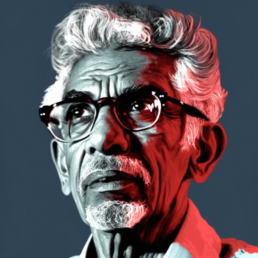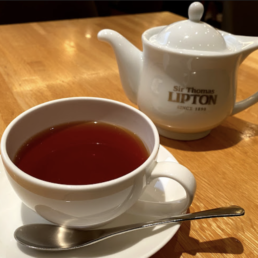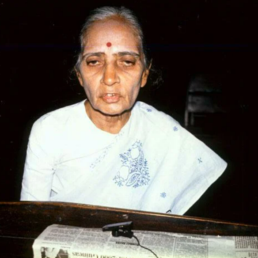An ambitious king, a talented navigator cum artist, a shipwreck, and an exquisite house of mirrors at the heart of Kutch in Western India, can all of these be related?
Situated near the Western Border of India the City of Bhuj has had a riveting history serving as a transit for trade between India and Western countries and also serving as a focal point of various conflicts over the years.
In the heart of the city near the Prag Mahal, a wonderful edifice with an Indo-Italian gothic style architecture, lies an 18th-century structure, the Palace of Mirrors or the Aina Mahal. The people who had it constructed have an interesting story to tell.
Sometime in the beginning of the 1730s a ship had run aground near the shores of Africa. Though the exact details are unknown, it was said to have been hailed by a man called Ram Singh Malam a member of the Wagher tribe from Western India.
The Wagher tribe is said to have mixed origins and migrated to the Kutch region of Gujarat many eons ago. They are known to be extremely skilled in seafaring. Malam also took to seafaring at a very early age.
Fortunately for Malam after his ship had run aground, he was rescued by a passing Indiaman heading back home, hoisting colors of the Verenigde Oostindische Compagnie or the Dutch East India Company. By a strange stroke of luck, this young man was now going to Europe.
Malam’s arrival in the Netherlands coincided with the country and its labor force becoming extremely good at creating decorative art. Biblical landscape paintings, decorative work on porcelains, Tileworks with delicate patterns & colors, the Dutch were doing it all.
Though Malam was a seaman, he knew how to adapt and work hard and it didn’t take him long to pick up the skills of craftsmanship from his Dutch teachers. For 17 years Malam is believed to have stayed in the Netherlands honing his skills.
Upon his return to India, he went to Mandvi where he quickly became known for his skills in various trades and soon caught the eye of prince Rao Lakhpatji, heir to the throne of Kutch. The only son of Maharao Deshalji I, Lakhpatji was an ambitious yet talented man.
He was often found scheming against his own father in order to gain more power and land in the region. Once he reportedly hired assassins to kill state ministers and even confined his own father making him a puppet, ruling in his stead.
But there was another side to the Rao. Lakhaji as he was often called was also well known for his talents as a musician. In one instance when he was still a prince, he and his entourage were sent to the Mughal court in Delhi which was under the rule of Muhammad Shah ‘Rangila’.
In Delhi Lakhaji’s talents truly came to the fore. His entourage held soirees where he himself sang and recited poems. The musical evenings came to the attention of Muhammad Shah who was himself a pleasure-seeking man.
Before his return, Muhammad Shah presented the Rao with the gift of a Golden Fish, also called the Mahi Maratib, the highest honor given during the Mughal era. The Golden Fish would later adorn the emblem and coat of arms of the Kutch State.
Around 1749 with the state somewhat under his control, Lakhaji began the construction of the Aina Mahal and appointed Malam as its chief architect. Malam decided to blend European and local architecture.
Built over two floors housing the state apartments, the durbar hall, and a marriage hall, its floors were laid with Delftware tiles, and the marble walls were decorated by mirrors. The rooms were illuminated with chandeliers with shades of Venetian & Belgian glass.
It took about 80 lakh koris – around 20 lakh rupees, to construct the magnificent palace. As a gift for his brilliant work, the Rao paid for Malam’s subsequent visits to the Netherlands where he took local Kutchi artists to learn the skills.
Malam even reportedly visited other places in Europe to know more about their local crafts. His glass factory at Mandvi regularly churned out excellent pieces, often replicas of European architecture like clocks and models and figures.
Event today’s one look at the interiors of the Aina Mahal, will leave you spellbound, an ambitious king’s persistence and a young man’s skills which he learned by mistake paved way for some of the most beautiful architecture that still lives and breathes in the region
Sources: The Majestic-ness of India’s Aina Mahal by Puneet Sidhu, https://weblogtheworld.com/formats/featured/the-majestic-ness-of-indias-aina-mahal; A Glorious Heritage: Maharao Lakhpatji and the Aina Mahal”. In London, Christopher W. (ed.). The Arts of Kutch. Mumbai: Marg Publications and National Centre for the Performing Arts.
Image attributes: Aina Mahal, the palace of Cutch rulers, in Bhuj, Kutch, Gujarat, India, from @WikiCommons




